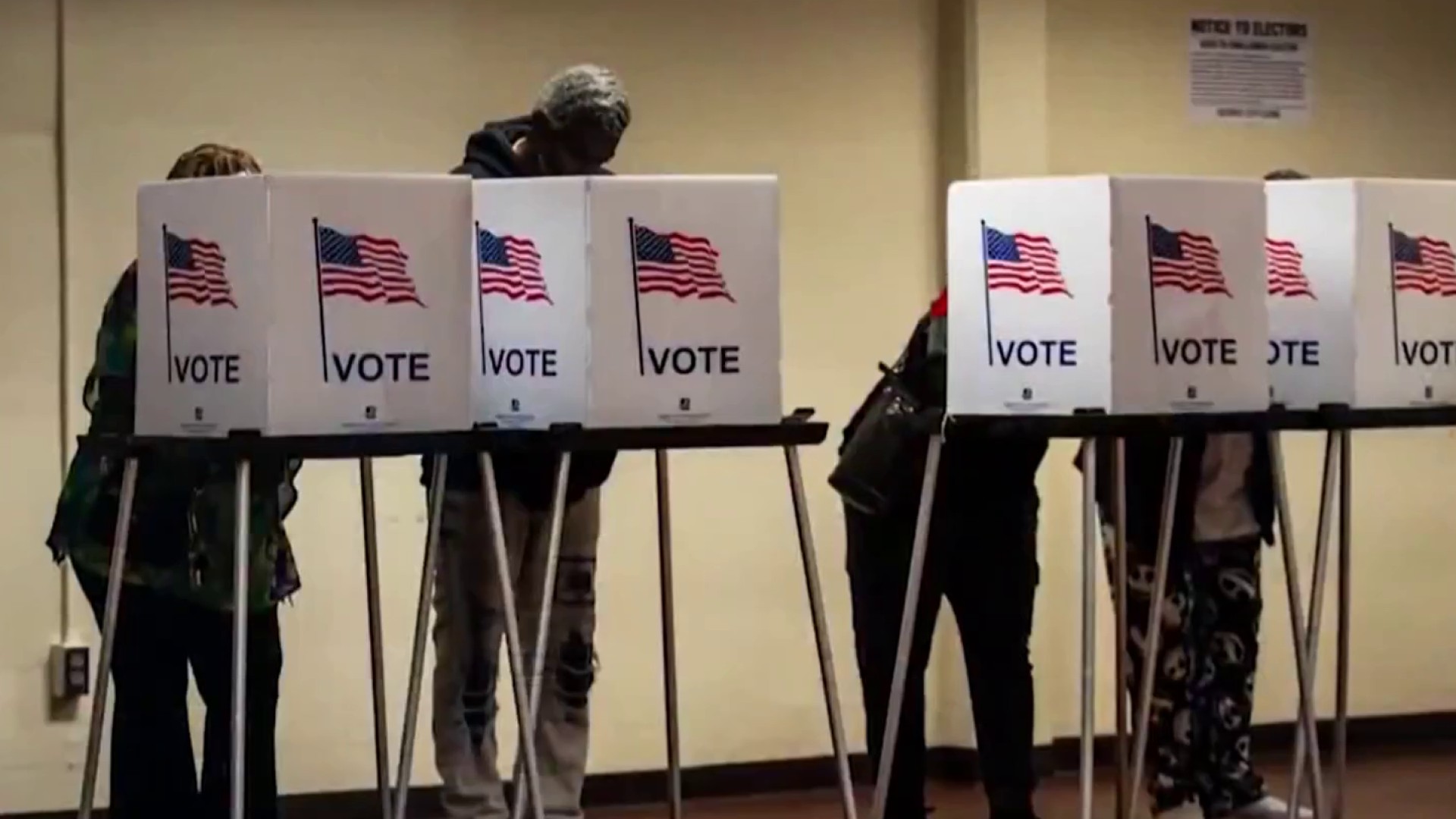An invasive seagrass has been officially spotted in South Florida–the first time it’s been found in waters along the continental United States–and scientists say it could mean trouble for the local ecosystem.
According to a news release from Florida International University (FIU) marine scientist Justin Campbell positively identified Halophila stipulacea growing in Crandon Marina and nearby areas of Biscayne Bay.
Halophila stipulacea, native to the Red Sea, Persian Gulf and Indian Ocean, is an adaptable variety of seagrass, making it a considerable threat to the environment. It can thrive in different conditions including salinity levels, temperature and light availability.
“Just a small piece can float through water and grow. Once it settles into soil, it can take hold easily and grow at a variety of depths,” the news release reads. “While most seagrass species require shallower depths to attain sunlight, Halophila stipulacea has been observed flourishing at depths of 60 feet or more.”
The Hurricane season is on. Our meteorologists are ready. Sign up for the NBC 6 Weather newsletter to get the latest forecast in your inbox.
So how did it get here, and why exactly does it pose a danger?

What’s so special about seagrass?
Local
Seagrasses are "grass-like flowering plants that live completely submerged in marine and estuarine waters," according to the Florida Department of Environmental Protection.
And Florida’s recreational and commercial economies depend on full, healthy seagrass meadows, the department says.
That's because the Sunshine State's 2.2 million acres of native seagrasses feed our wildlife, including sea turtles and manatees, along with providing nursery habitats “for commercially and economically important fish as well as shrimp, stone crabs, scallops and other crustaceans and shellfish,” FIU says.
Second, they’re good for the health of the planet, as they suck carbon emissions out of the air and store them longterm.

When did Halophila stipulacea get here?
This invasive seagrass was spotted in August by a marina worker who reached out to Campbell about it, and he later confirmed it was Halophila stipulacea.
But Campell says that based on the current distribution, it could’ve started taking root several years ago.
He explained that it “had gone unnoticed because, to the casual observer, it can be difficult to distinguish from native vegetation,” FIU says.
Still, the dominant native species of seagrass, known as turtlegrass, looks very different from Halophila stipulacea. The invasive species is smaller, with small oval leaves and not much "canopy," like turtlegrass. The rooting system is also much smaller and less extensive, Campbell says.

How did it spread?
Halophila stipulacea first started spreading out of its typical environments with the opening of the Suez Canal in the late 1800s, “hitching rides on the anchors and other parts of boats,” according to the FIU news release.
But it doesn’t need a channel like the Suez Canal to spread. Crandon Marina will do just fine.
“Crandon Marina can accommodate medium and large sized sailboats, likely capable of travel to and from areas where Stipulacea is well-established. This is one possible and likely way the non-native seagrass reached Biscayne Bay,” FIU says.

What's at stake?
Halophila stipulacea spread to the Caribbean by the early 2000s, and at least 19 islands there have reported the seagrass growing in nearby waters and even “overtaking meadows of native grass.”
Scientists still don’t know exactly how the invasive species could affect our waters and those around the U.S., but FIU says early research suggests some fish don’t like nesting in the shorter seagrass and sea turtles in the Caribbean don’t like eating it. They avoid Halophila stipulacea, “preferring native species as part of their regular diets."
“Given the importance of seagrasses to a healthy South Florida, we now need to do what we can to limit the spread of this invasive species and be wary of disruptions to the natural order it may cause,” James Fourqurean, co-author of the research and director of the Coastlines and Oceans Division in FIU’s Institute of Environment, said.
Campbell said surveys and monitoring should be expanded now that the invasive species is confirmed to be in South Florida.




